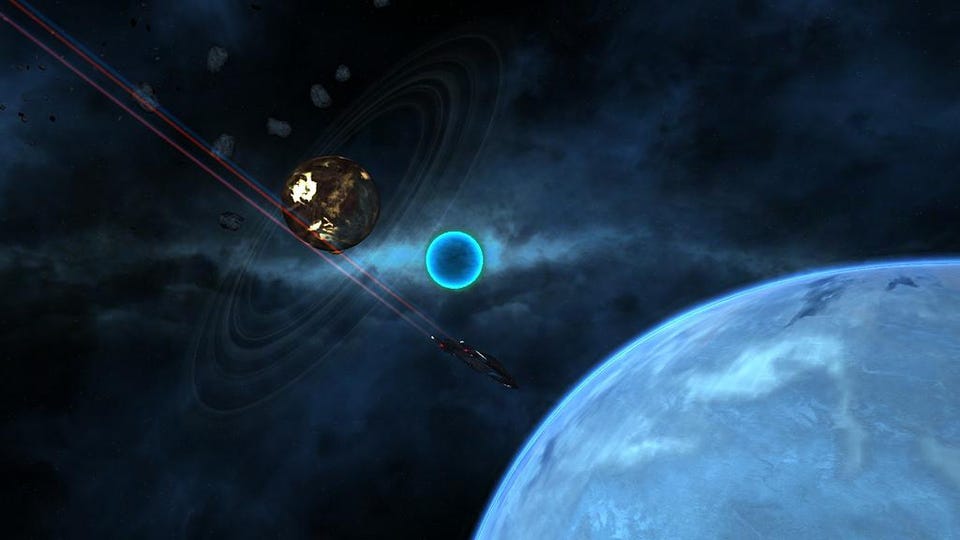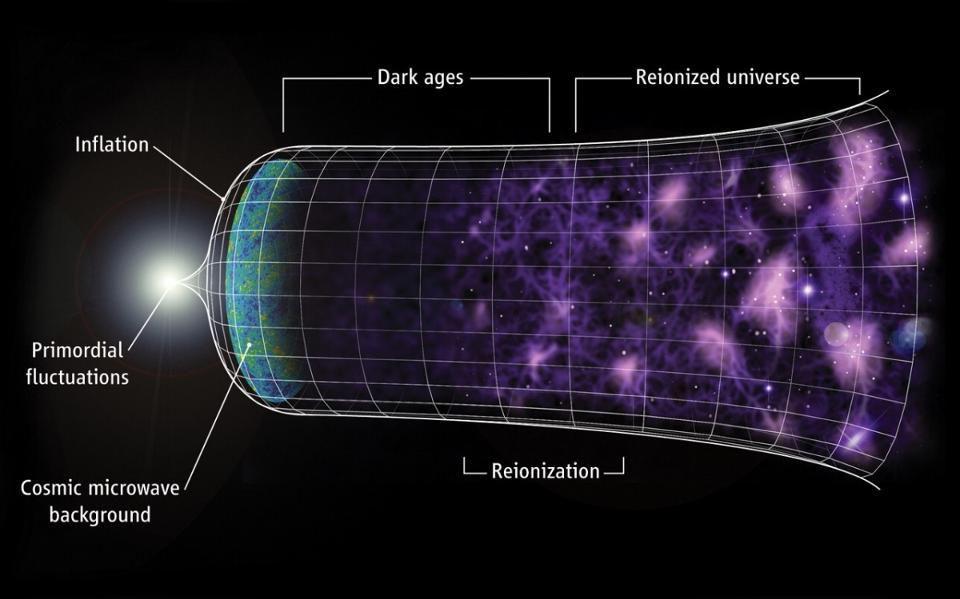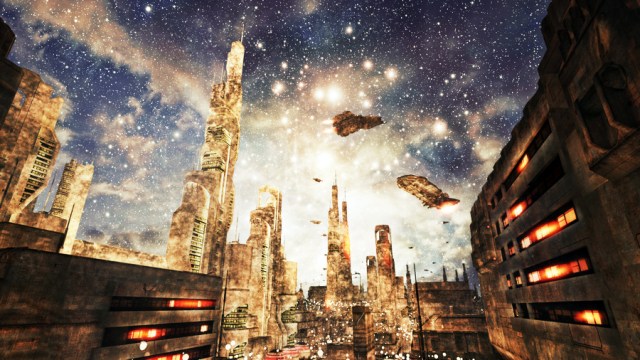Why Scientists Are Speculating About ‘Alien Superstructures’ Around an Irregular Star

We may have neighbors — extraterrestrial neighbors.
Look between the constellations Cygnus and Lyra, and there sits a star, around 1,481 light-years away, named KIC 8462852. This star is the most interesting thing in the galaxy right now. Scientists have been noticing a mess of objects circling this thing, because it’s been giving off unusual light fluctuations, unusual enough to be under consideration for one of the supercivilizations astronomer Jason Wright and his team have been looking for.
The Kepler Space Telescope has been collecting data, looking at light emissions from various stars, trying to find signs of life. However, the algorithm has trouble recognizing patterns that might qualify a star as part of an advanced civilization — sifting through this data requires a human touch (aka advanced pattern recognition). So, the citizen-scientist program “Planet Hunters” was founded.
Back in 2011, several of these scientists flagged this particular star as “interesting” and “bizarre.” Researchers were intrigued.
“We’d never seen anything like this star,” Tabetha Boyajian, a postdoc at Yale who oversees the Planet Hunters, said in an interview with The Atlantic. “It was really weird. We thought it might be bad data or movement on the spacecraft, but everything checked out.”
The light pattern suggests there’s a big mess of stuff circling the star. If the star were young, it would be expected to have a circle of debris surrounding it. But this is a mature star, so could scientist be seeing solar panels created by a Type 3 civilization to harness its energy?
Michio Kaku breaks down Type 1, Type 2, and Type 3 civilizations.
Boyajian published a paper running through all the possible natural scenarios to explain this bizarre light pattern they were witnessing.
“We presented an extensive set of scenarios to explain the occurrence of the dips, most of which are unsuccessful in explaining the observations in their entirety. However, of the various considered, we find that the breakup of [an] exocomet provides the most compelling explanation.”
The exocomet hypothesis (a swarm of comets being pulled into surround the star) would be an extraordinary coincidence, but possible.
“When [Boyajian] showed me the data, I was fascinated by how crazy it looked,” Wright said to The Atlantic. “Aliens should always be the very last hypothesis you consider, but this looked like something you would expect an alien civilization to build.”
He’s writing up the alternative paper exploring all the unnatural things that could be causing these “megastructures” to appear.
Boyajian, Wright, and Andrew Siemion, the director of the SETI Research Center at the University of California, Berkeley, are working on a proposal to get a radio dish pointed at KIC 8462852 to see if they can detect frequencies, which would mean a technologically advanced civilization.
How cool would that be.
They say they may be able to get observations as soon as January. What a way to start off the New Year.
I’m just hoping we don’t find any nuclear signatures.
***
Photo Credit: Shutterstock
Natalie Shoemaker has been writing professionally for 6 years. After graduating from Ithaca College with a degree in Feature Writing, she snagged a job at PCMag.com where she had the opportunity to review all the latest consumer gadgets. Since then she has become a writer for hire, freelancing for various websites. In her spare time, you may find her riding her motorcycle, reading YA novels, hiking, or playing video games. Follow her on Twitter: @nat_schumaker





